Hvitfeldtska Collection
One of the most extensive collections of the Humanities library, spanning about 650 shelf metres. This is the entire former grammar school and gymnasium library of the Hvitfeldtska gymnasium in Gothenburg, including titles printed no later than 1899. Apart from printed books from the 15th through the 19th centuries, the collection includes manuscripts, two of which are Medieval, as well as maps and plates. Further material on science and medicine previously included in the Hvitfeldtska Collection is currently held at the Biomedical Library.
About the collection
The Royal Gothenburg Gymnasium
The Reformation dealt a considerable blow to Swedish education, as virtually all teaching was handled by the Church, mainly in the cathedral schools and at Uppsala University. When the economy of the Church was radically undermined, a great portion of the economic foundations of teaching and education in the country was obliterated.
In time, the lack of educated people became an increasing problem, not least when it came to the clergy. The Swedish Riksdag of 1620 decided to introduce a new gymnasium reform, inspired by German methods, particularly those favoured in Bremen. The suggestion had been outlined as per the decree of King Gustav II Adolf of Sweden. The most important change meant that the cathedral schools were now made gymnasiums, currently referring to the optional, Swedish upper secondary school, sixth form or high school, years 10–12. At the time, however, the gymnasiums were meant for older students. The reform also brought about better funding for the schools. The first one to be converted was the Västerås cathedral school, made gymnasium in 1623. The remaining dioceses carried out the same reform in the next few years.
At this time, Gothenburg was still a very new city, and had not been made a diocesan capital, but its size and importance nevertheless prompted Queen Christina to decide, in 1647, that a gymnasium ought to be established here: the Royal Gothenburg Gymnasium. Today, this school is named the Hvitfeldtska gymnasium.
The school of the 17th and 18th centuries
The purpose of the gymnasiums was first and foremost to educate the clergy, and the subjects taught reflected the aim for a career within the church. For this reason, the responsibility to provide suitable literature for the school library also fell mainly to the church. Theology and classical languages dominated the education, and latin was the "mother tongue" of the school. Other subjects taught here included philosophy, history, arithmetic and music. Some acquisitions came to the library by way of the estates of deceased clergymen of the city, who were obliged to provide "one good book" to the school on the occasion of their death. Upon entering their profession, priests might also be required to present a certain fee or donation to the library. By and by, it became increasingly common among private individuals to donate books to the school.
The new school regulations of 1724 included new and extensive rules for the gymnasium libraries of the country. Concerning textbooks, it was stressed that the bishop and the consistory were responsible for providing these in sufficient numbers for teaching. Sources also mention that both students and teachers were in need of a "somewhat more ample supply of books." In 1721, the school was destroyed in a great fire that razed the city. We do not know to what extent the library's holdings were destroyed.
In the mid-18th century, education changed and new subjects were added to the curriculum. Science, including botany and zoology, was introduced on a small scale. With the aid of outdoor excursions, the studies in botany could be maintained at a certain level, but the zoology lectures suffered a great deal from the lack of demonstration manterials. In 1749, the library acquired a large amount of books on practical subjects, including Anders Berch's Inledning Til Almänna Hushålningen, Innefattande Grunden Til Politie, Oeconomie Och Cameral Wetenskaperne, printed in 1747.
In the 1760s there were attempts from both private individuals and from the library to make the holdings more attractive to a wider audience. In 1760, the bourgeoise of the city raised 502 daler silvermynt ”for the purchase of interesting books, which are to be made available for loan and reading." The extant holdings were perhaps not what the citizens were interested in. The librarian at the time, [Henrik] Harckens, extended the opening hours for the public to every Wednesday and Saturday. A year later, however, he could report that no one but the students of the gymnasium had taken advantage of the library.
1774 saw the introduction of drawing as a complete subject. In the same year, a teacher of German and French (Brahel) and one of English (Ross) were employed at the school. Thereby, the three great modern languages were represented in the school curriculum.
Beyond the previous gifts from the clergy, donations from the wealthy inhabitants of the city became more frequent. Among the many donors are City Administrator Sigfrid Sirenius, Director of the East India Company Jacob Sahlgren, apothecary Frans Martin, Mayor of Justice Cornelius Thorsen and vicar Peter Hansson Ström. The top tiers of the Gothenbrug society seem to have dominated as contributors, but there are accounts of less well-to-do donors as well.
Several donors of the time mention the gymnasium library as the ”Bibliotheca publica” in various texts and documents. This in combination with the fact that the bourgeouisie showed such generosity towards the library indicates that it was now considered an institution that mattered to the City of Gothenburg in general.
In 1768 the East India Company donated a large amount of maps and geographical works to the school library. These became a vital complement to the extant collection of maps and prints. Today, the collection includes both Swedish and international maps of cities, countries and continents as well as of key historical battles, and some astronomical maps.
A lot of the materials given to the collection was old already at the time of donation. Among many other things, the collection includes 12 incunables, and a very large amount of 16th century prints. In addition, the collection has several manuscripts, including a French bible from the second half of the 13th century, a 15th century breviary from the Skepplanda church, the "memoirs" of Rutger von Ascheberg in his own hand, and a drawing school created by Pehr Hörberg.
The collection is kept as it was structured at the time of the donation, but is currently divided between the Humanities Library and the Biomedical Library, where the latter holds some 25 metres of materials concerning science and medicine. Like every library system, the internal order of the Hvitfeldtska Collection is a product of its time, with extensive holdings within religion and literary history, where the meticulous subdivision of the science of religion at the time mirrors the unique position held by the discipline in these days.
Acquisition history
The Hvitfeldtska Collection was transferred to the Gothenburg University Library in 1967 and currently includes the holdings of the older library of the gymnasium and elementary school printed no later than 1899. During the majority of the time when the older book collection was created, the school was called the Gothenburg Gymnasium. In 1878 its name was changed to the Göteborgs högre allmänna läroverk and in 1882 the gymnasium was divided in two parts: the Göteborgs högre latinläroverk, along with an education program of natural sciences. The name Hvitfeldtska, after early key donor Margareta Hvitfeldt, was not associated with the school until 1940.
The collection is inventoried in two scanned catalogues which are available in GUPEA, please see the box on the right.
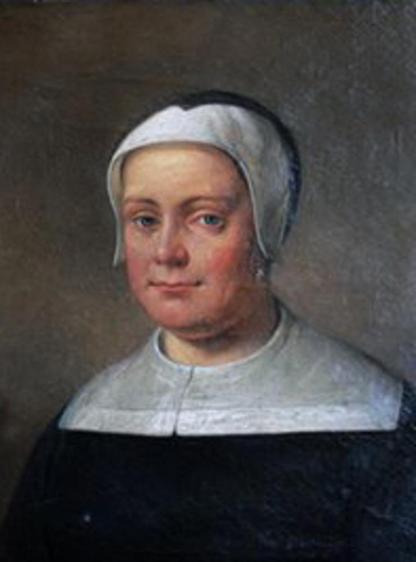
Access the collection
The collection is mainly held in the closed stacks at the Humanities Library, and to some extent at the Biomedical Library. It is available for reading room use only.
Catalogue
The collection is not yet catalogued. The catalogue post does not list individual works.
In Libris
In Supersök
Inventories
Förtekning öfver Göteborgs högre elementar-läroverks boksamling utg. af Joh. Aug. Berg
Förteckning öfver Göteborgs högre latinläroverks bibliotek: suppl.(1864-98) utg. af A. Vinge
Humanities library
Renströmsgatan 4
405 30 GOTHENBURG
Phone: 031-786 17 45
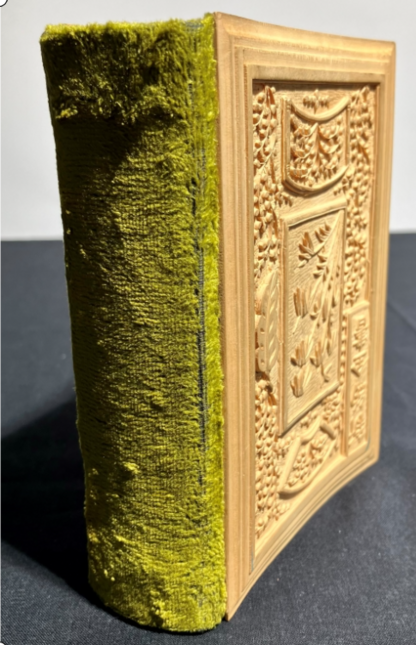
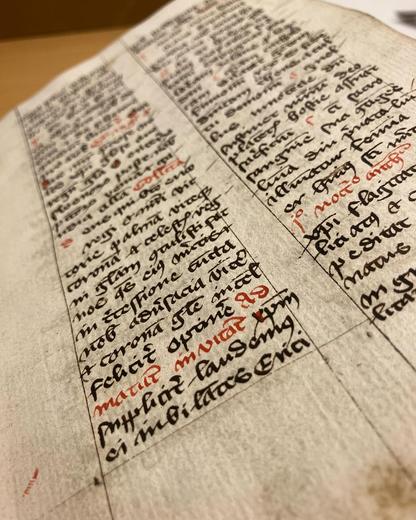
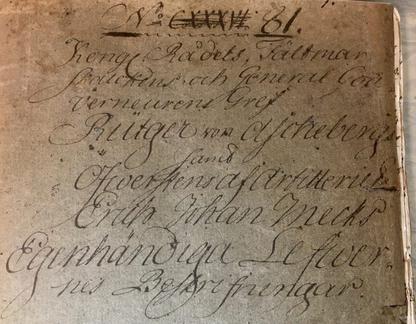
Text:
Anders Strinnholm
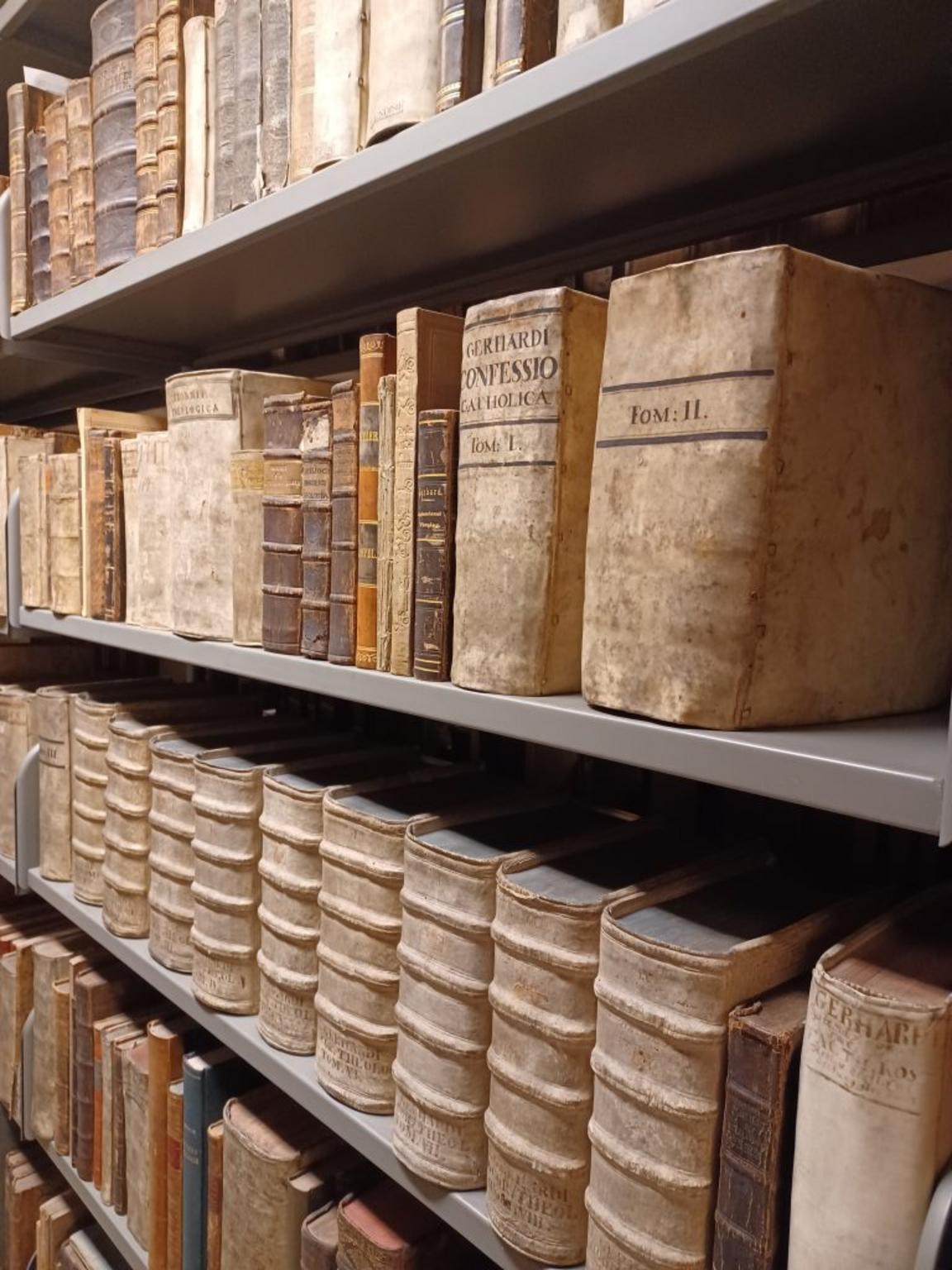
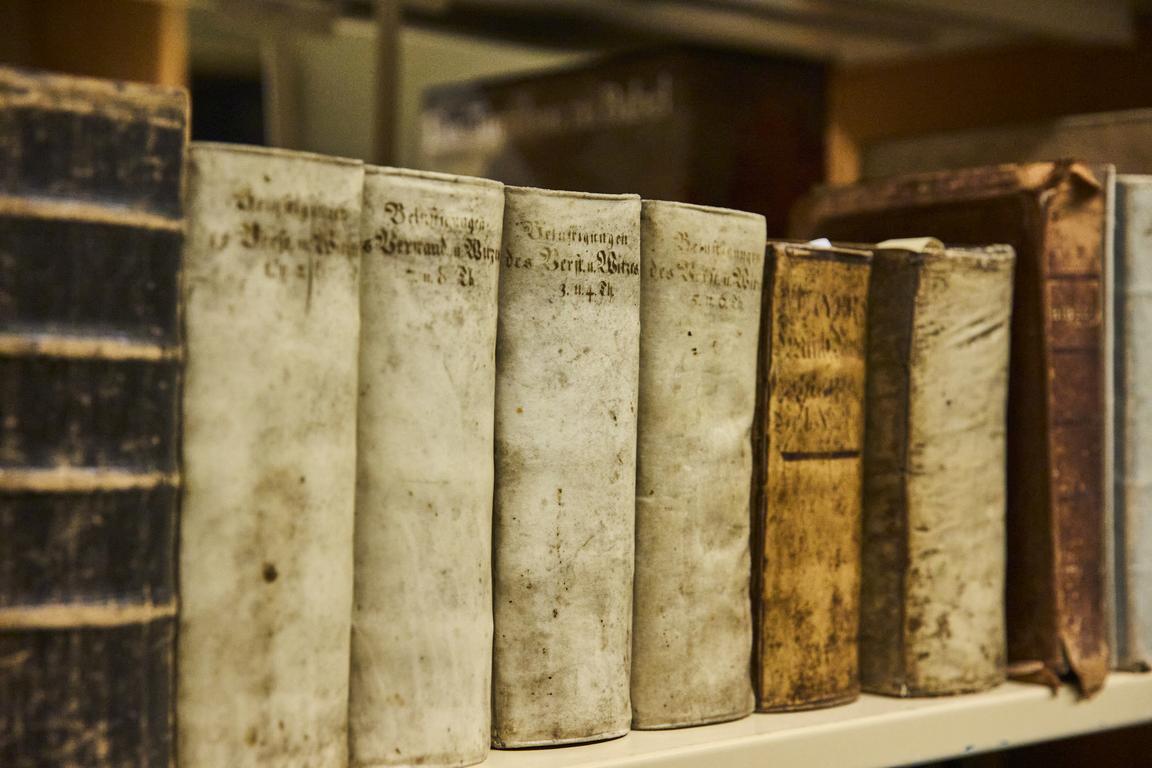
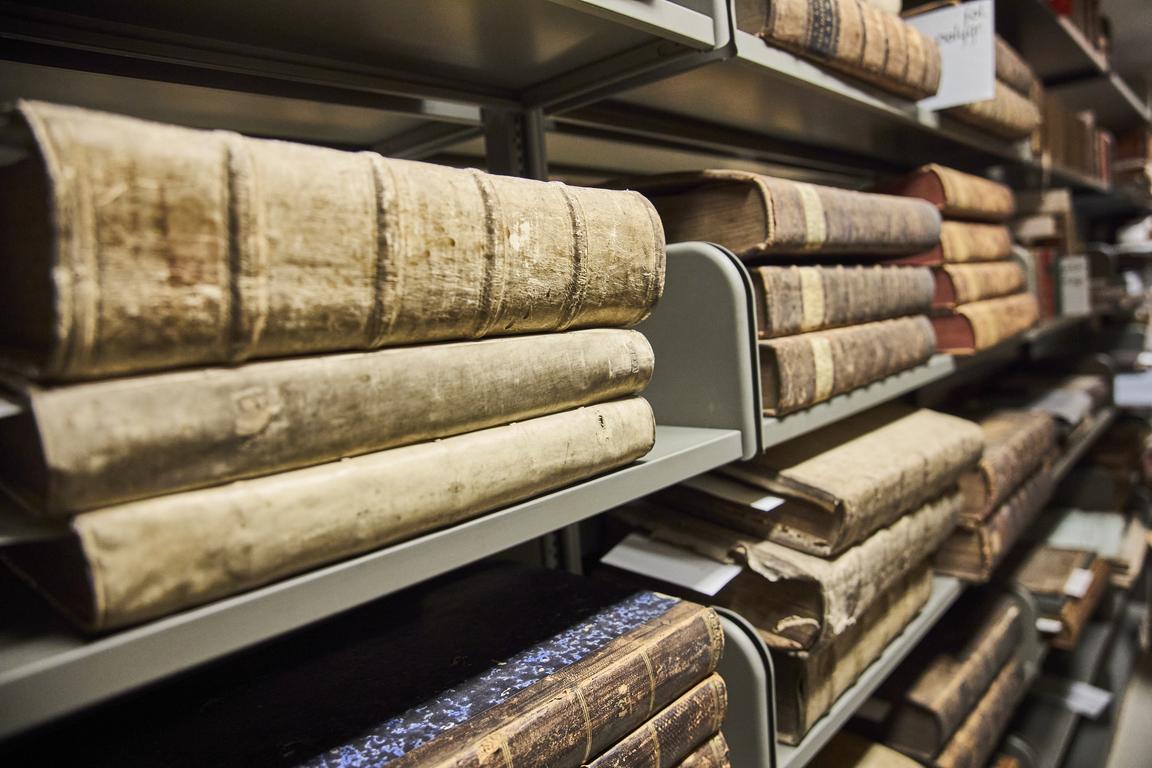
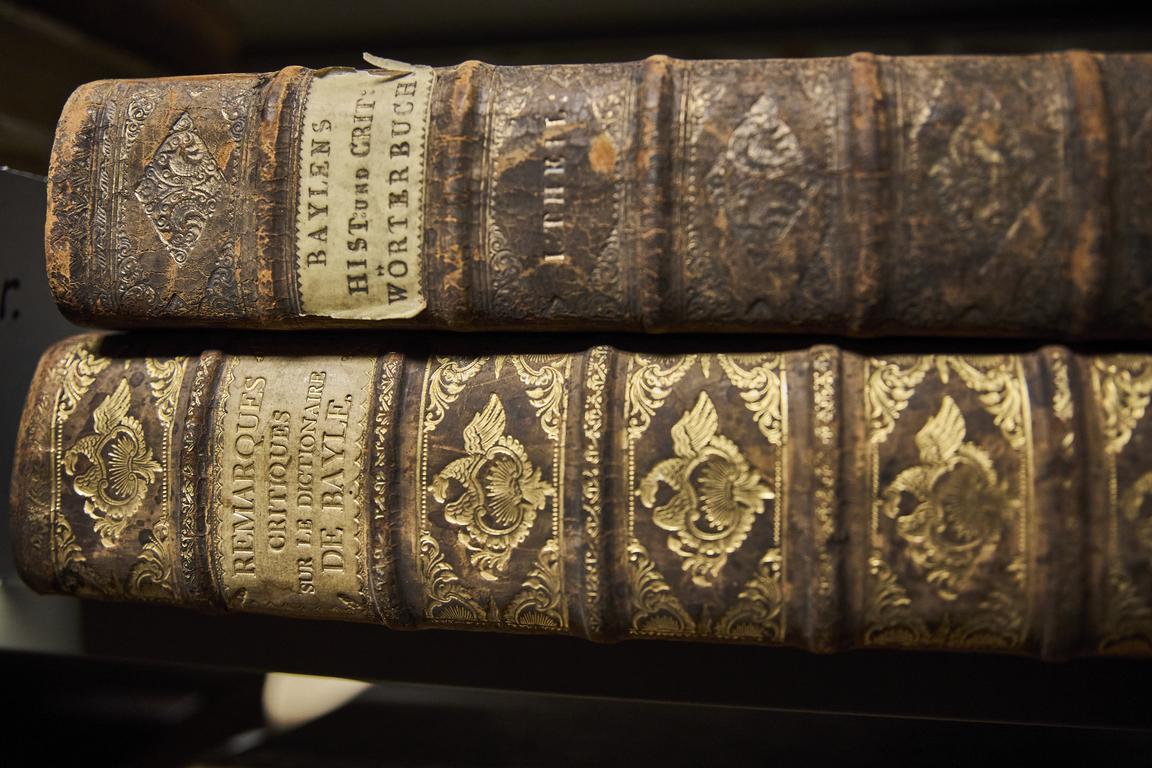
Biography
The name Hvitfeldtska (for the collection and the gymnasium both) can be traced to a donation from 1664. Margareta Hvitfeldt (1608–1683), with roots in the Danish nobility, had no siblings and was the sole heir of vast estates in the south of Sweden. When she became a widow in 1651 she was an extremely wealthy woman, owning a great many estates both in the province of Bohuslän and elsewhere. When the province was made Swedish in 1658 she swiftly established good relations with, among others, Per Brahe the Younger.
Despite the impressive fortune of Margareta Hvitfeldt, her life was marked by grief. Her son Ivar (Iffuer) Dyre took ill and died aged 19 during a trip to France in 1663. When he felt the end was near, he wrote a letter to his mother on August 11th in that same year, asking that she would: ”…leave parts of her estate or an amount of money, as much as she herself should please, the interest of which could be given annually to school children of little means, and to young students in Baahuslen, that we may both forever be remembered."
On January 22nd, 1664, Margareta Hvitfeldt made a donation of a large number of estates and other assets to enable the schooling of 30 students annually at the gymnasium in Gothenburg. The donation was also meant to fund scientific research. In 1694 the foundation got its name: Kungliga och Hvitfeldtska stipendieinrättningen, the Royal and Hvitfeldt Foundation.
An article on Margareta Hvitfeldt is available through SKBL.
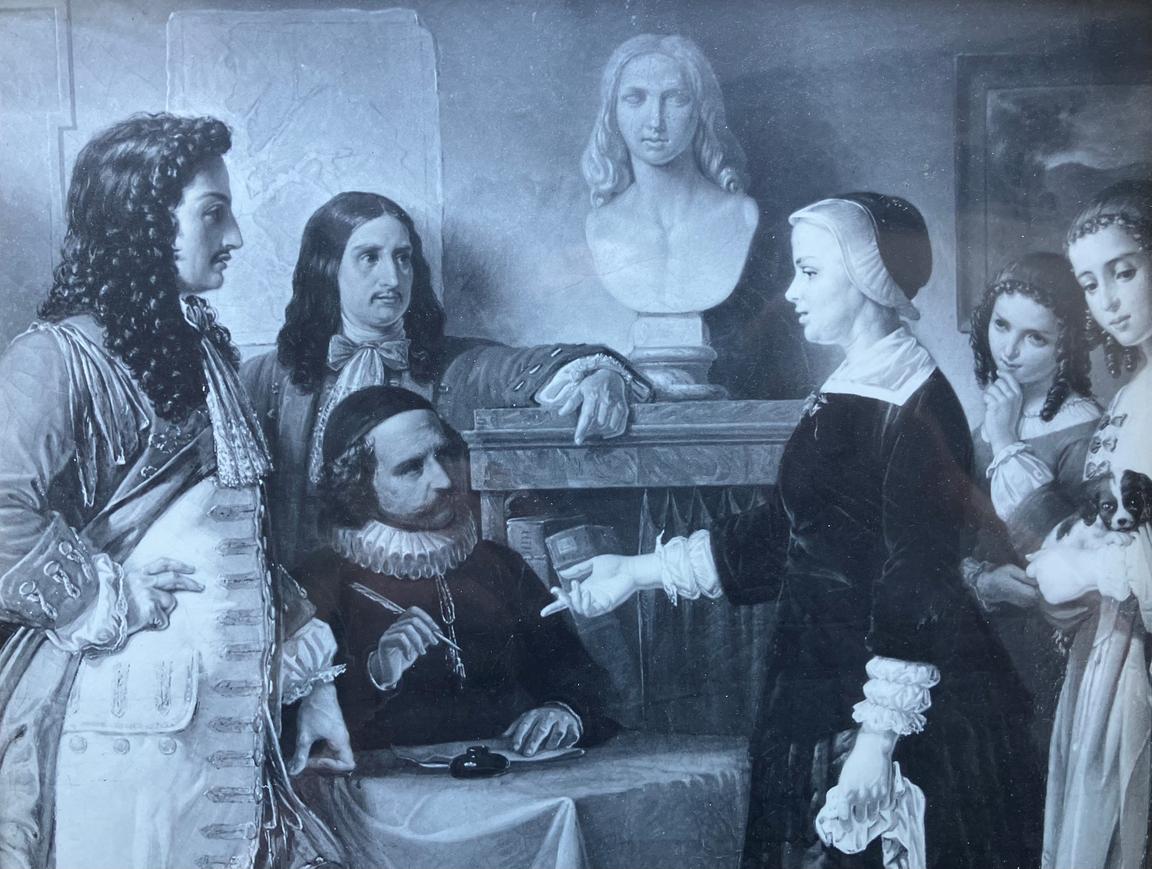
Read more
The Ascheberg papers in Alvin
Fredberg, Carl Rudolf A:son, Om de Hvitfeldtska stipendiegodsen. In: Det gamla Göteborg. Lokalhistoriska skildringar, personalia och kulturdrag. Vol. 2 (1919–1922).
Fredén, Gustaf. Hvitfeldtska läroverkets historia Göteborg, 1947.
Förtekning öfver Göteborgs högre elementar-läroverks boksamling /utgifven af Joh. Aug. Berg
Handlingar rörande Hvitfeldtska stipendii-inrättningen i Bohus län 1664–1763
Heurlin, Anders Olof, Årsberättelse om elementar-läroverken inom Göteborgs stift: jemte inbjudning till det högre elementar-läroverkets års-examen 1863, Göteborg, 1863.
Manuscript collection of the Hvitfeldtska elementary school
Kleberg, Tönnes, Hvitfeldtska läroverkets i Göteborg bibliotek: några anteckningar om dess historia och bokbestånd, Gumpert i distr., Göteborg, 1942.
Utlåtande och förslag angående omorganisation af Kungl. och Hvitfeldtska stipendieinrättningen.
Suggested research topics
- An overview of the collection's contents. What is represented here, and how does it mirror the time and context of the material?
- Biographical research
- Book donations in Sweden.
- War booty in the collection, compared to that of other Swedish libraries.
- Donors in relation to collection building, their motives and gifts.
- The library history of Gothenburg.
- Older disaster measures in libraries after incidents including fires, floods and wars.
- Early Gothenburg press.
- Older dissertations from Swedish seats of learning.
- Older library catalogues and cataloguing.
Please contact us if you have any suggested research topics you would like to share!